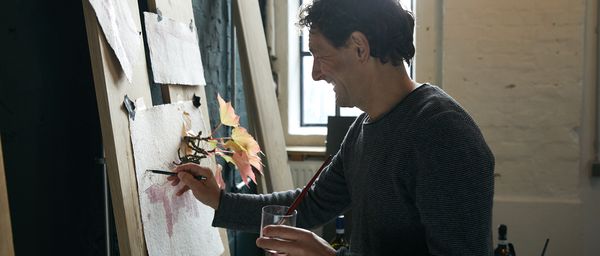For many years, there was little change in the methods used to store wine. But more recently, wine cellars have been experiencing a renaissance. More and more vintners want a suitable setting with which to demonstrate the quality of their wines, and are commissioning architecturally interesting spaces to do so.

As evidenced by the majestic vaults in monasteries, chateaus and castelli, wine cellars have been around for a long time.
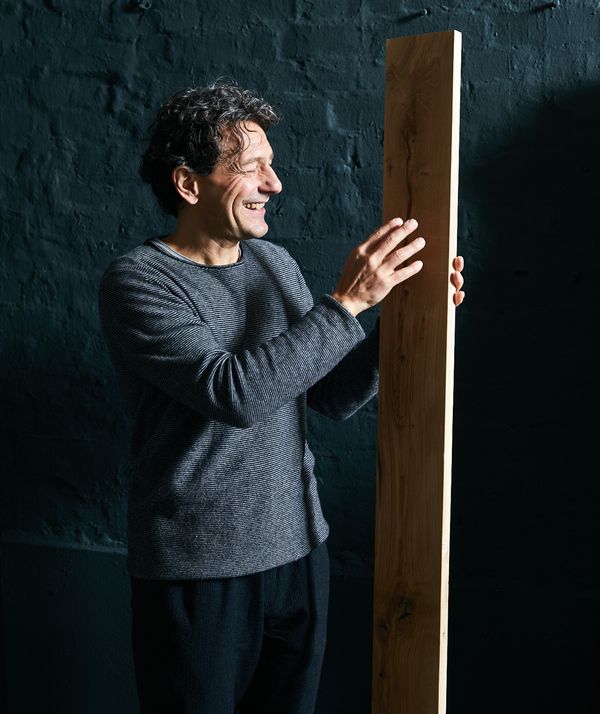
Alessandro Dalpiaz is one of the leading architects of this new aesthetic.
Together with his university friend and business partner Michele Giannetti, who hails from the Montalcino wine region, Dalpiaz has specialised in the architecture of wine. Both men see the field as encompassing much more than just the construction of wine cellars. ‘We call it “contextual architecture”. It gives us the opportunity to work closely with our clients on projects that have both high functional and high aesthetic requirements,’ explains Dalpiaz, who is Italian by birth but now lives in Hamburg. ‘It’s a kind of craftsmanship that involves working with climatic conditions and the condition of the soil as well as people.’
Dalpiaz started developing his understanding of viticulture and its associated architecture at a very young age. He grew up in a small mountain town in the Dolomites and is descended from a family of winemakers. ‘My grandfather was a vintner, and I was lucky enough to experience winemaking first-hand as a child. Every year, my siblings and I took part in the grape harvest. We helped pick and tread the grapes and spent time in the wine cellar almost every day.’ He remembers the space in which the wooden barrels, or barriques, were stored as a very special place. ‘It was very dark and damp and had an incredibly intense smell. As a child, it was one of the most thrilling places I could imagine.’
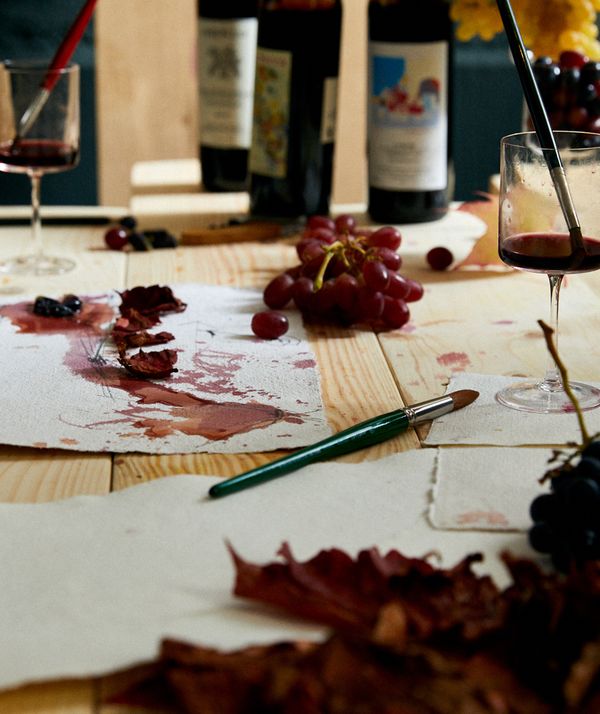
As the amiable 54-year-old describes the cellar, you get a sense of the magic and allure of the place.
It’s clear that he was under its spell – and still is. The first person to commission a cellar from the architecture duo was oenologist Mario Calzolari, the owner of a wine estate in Montalcino in Tuscany. ‘Mario had a clear vision for how he wanted to produce and store his wine. He knew what temperature and humidity the storage space should be, and the journey he wanted the grapes to take from the vineyard to the barrel,’ Dalpiaz recalls. ‘On top of that, he wanted the cellar to operate using natural resources.’ Using the passive qualities of a structure to build in harmony with nature was a perfect fit for Dalpiaz and Giannetti’s construction philosophy. ‘In the past, everything was built using these sustainable methods,’ says Dalpiaz. ‘That’s why we considered and tested different historical systems for the construction of the wine cellar. One of them was a way of capturing wind to naturally cool the cellar.’ The pair based their design on Roman thermal labyrinths. ‘You let the air circulate deep underground in a kind of maze, which cools the air. Once the air reaches a certain temperature, it can be directed into the cellar at exactly the right temperature and humidity.’ The architecture duo’s design for the winery was so effective that the project received the world’s first ClimateHouse certification for a building of this type in 2017. It was also awarded the Premio Sostenibilità sustainability prize for bioclimatic architecture.
Dalpiaz and Giannetti have set new standards in the architecture of wine storage.
This is especially true when it comes to their work at Tanuta di Castellaro on the Sicilian island of Lipari. There, they allowed the island’s unique light and volcanic earth to become part of the construction. It is the light and the colour of the earth, as well as the many ancient cave dwellings in the mountains and near the coast, that characterise Lipari’s landscape and architecture. The architects developed an entirely new method of construction for the Tenuta di Castellaro estate. Deep shafts were drilled into the ground, which were then filled with concrete. ‘We then removed the volcanic rock around the concrete columns,’ explains Dalpiaz. This resulted in a vault made of volcanic earth – a kind of underground labyrinth. The architect continues: ‘With the help of skilled, experienced workers, who thankfully didn’t write us off as madmen, we literally turned construction methods upside down on Lipari. Instead of building from the ground up, we did it the other way around.’ As Dalpiaz tells the story, he illustrates the building process by using a soft brush to paint a watercolour image of the construction.
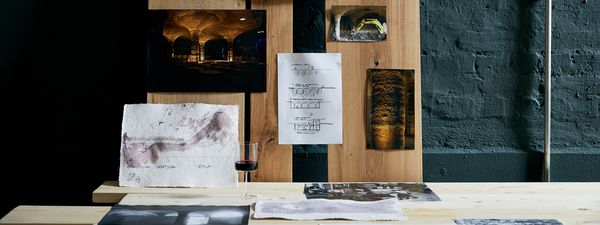
‘It’s very exciting to me to use old techniques in new ways.`
'The use of local resources like the wind, water and sun was once a vital necessity. There were often very artful ways of exploiting those resources,’ says Dalpiaz. ‘The capabilities of these systems – like Roman thermal labyrinths and the Persian wind towers used to cool reservoirs – are still very relevant today. Using modern methods, they can be optimally integrated into contemporary, modern buildings.’ He is convinced that this kind of bioclimatic environment also has a positive effect on the taste of the wine.
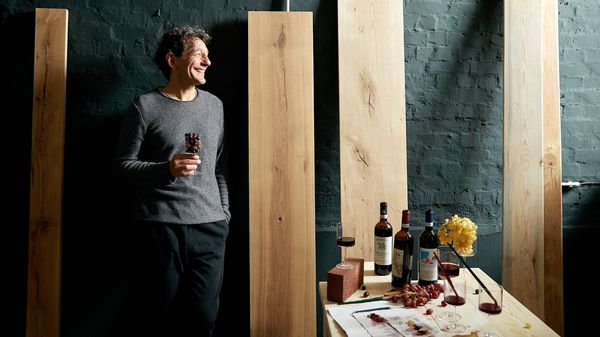
In order to accomplish these sophisticated building projects, Dalpiaz and his colleague work closely with a team of experts.
‘Just like wine, the planning process matures in its own way. It’s a kind of ripening process in which everyone involved plays an important part,’ explains Dalpiaz. We ask Dalpiaz what characterises a good wine. ‘Every wine is unique. If a wine can tell you something about its origins and its production process, that’s very meaningful. That’s why it’s very important to me to know where a wine was produced. Sicilian grapes taste of sun and arid earth. Tuscan wines are very restrained wines that are rooted in the soil. They’re green, fresh and springlike.’
Hamburg’s climate is highly unfavourable when it comes to winemaking – so why does Dalpiaz choose to live there, rather than on an idyllic wine estate in Italy or somewhere similarly picturesque?
‘Hamburg is my home by choice, and I love it – but of course I still long for Italy. My wine-cellar projects allow me to quench that longing,’ he says, smiling. And then it’s time for him to go – he’s got a train to catch. He’s heading back to South Tyrol to visit his family; back to his roots, where his love of wine began.
